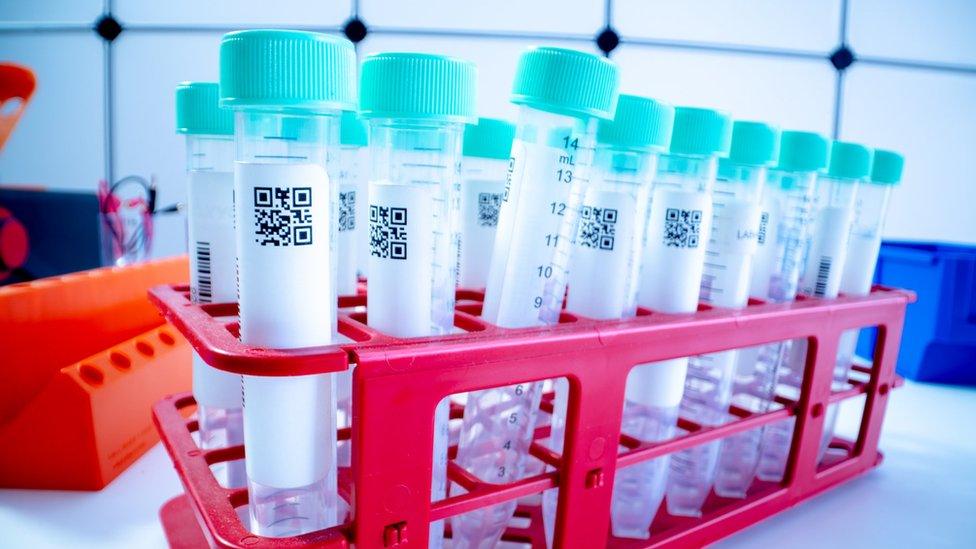Covid: Wales' new strategy 'will drive down virus'
- Published
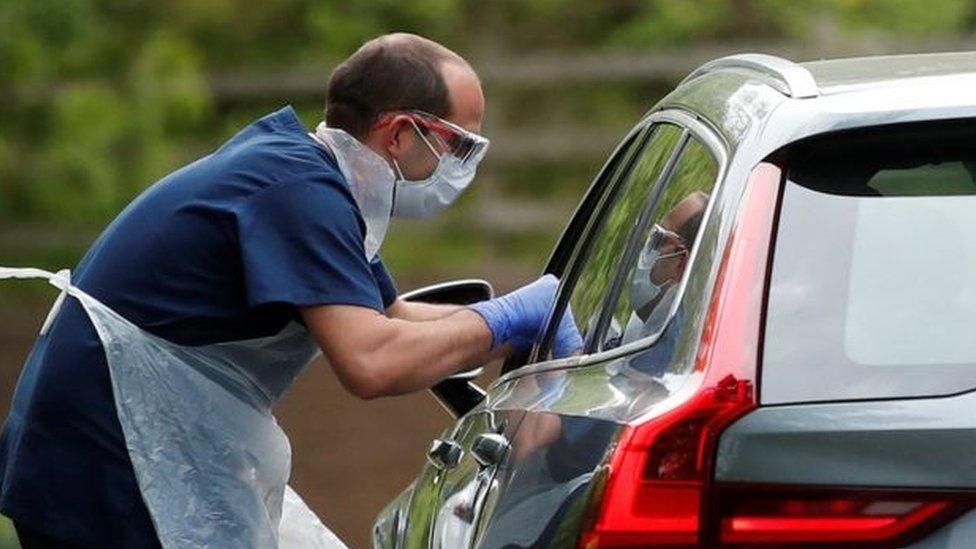
Local authorities will have more control over how tests are done in their area
New technologies and a better understanding of Covid-19 will help drive down the virus and ease Wales out of lockdown, the Welsh Government says.
A strategy has been launched, which includes a more community-led approach to tackle local case flare-ups.
A trial has also begun with people without symptoms who inadvertently contacted those with Covid, and whether they can safely work or go to school.
The government has stressed testing remains as important as vaccinations.
"Once vaccinated, it is still critical that people continue to follow the guidance and if showing symptoms, get tested," Health Minister Vaughan Gething said.
The strategy - which updates what was announced in July - is a broad framework that aims to reduce transmissions across Wales.
However, it does not offer specific details on when initiatives will be rolled out or the number of people they expect to reach.
As well as local authorities directing the targeting of areas where case numbers are high, the strategy also enables a focus on hard-to-reach communities to ensure they are getting tested.
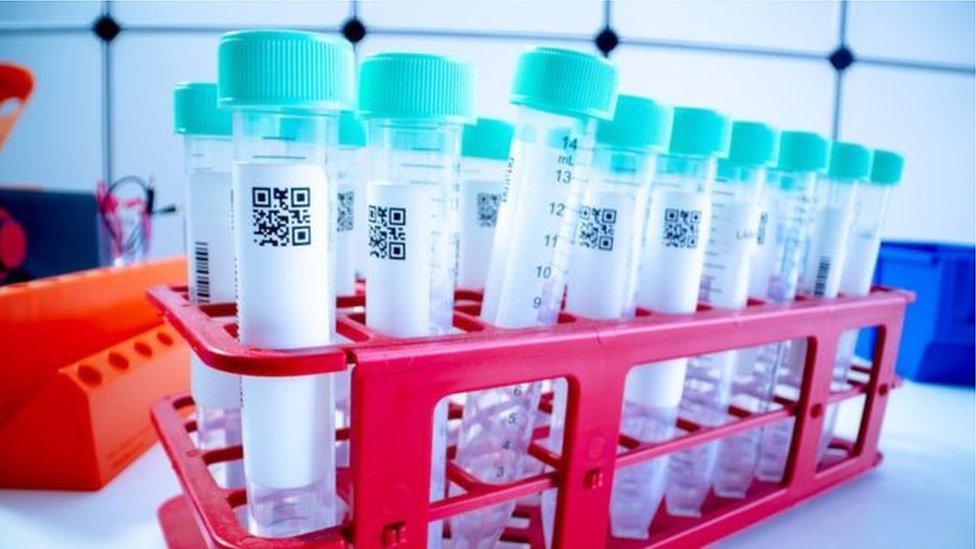
There are five new testing approaches designed to drive Covid-19 cases down
The government trial includes exploring whether some people "pinged" by the NHS Test, Trace and Protect app can avoid isolation in future.
It is thought some people are deterred from taking Covid tests because of the consequences of self-isolation on their livelihoods.
The strategy recognises that the 10-day isolation period can have negative effects on key sections of the workforce, with pressures on critical services and children missing out on education.
For example, South Wales Police is currently part of a trial to assess whether colleagues of asymptomatic staff who test positive can safely remain in work.
"Daily testing for the five to seven days from identification as a contact could reduce the risk that a person attends work or education while infected/infectious," the government's strategy document says.

Priorities of the strategy:
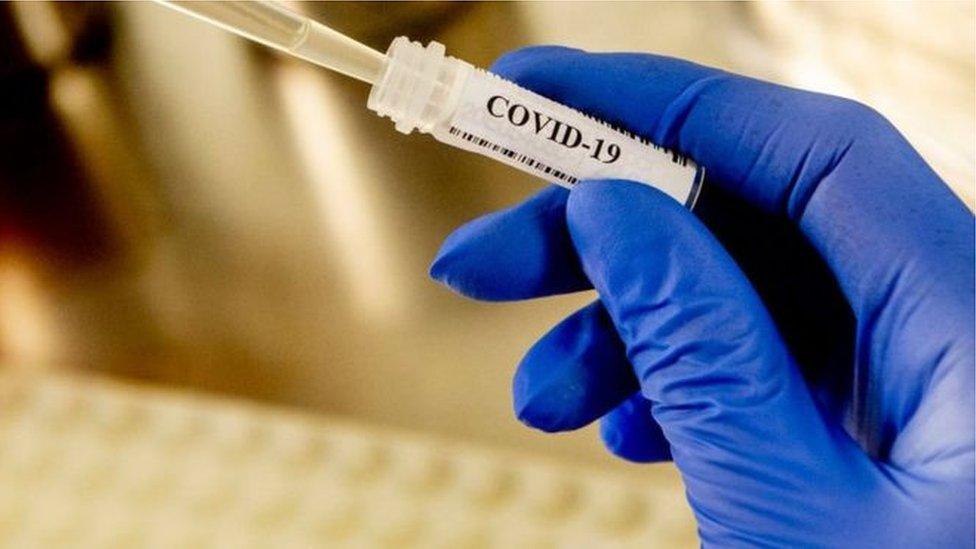
Test to diagnose - Testing patients on admission to hospital, patients who develop symptoms while in hospital, asymptomatic in-patients five days after admission and planned admissions
Test to safeguard - Regular asymptomatic testing for NHS and care home staff, supported living staff, staff working with vulnerable school pupils, domiciliary care staff and prison staff
Test to find - Continuing to test anyone who thinks they have symptoms to identify to isolate community cases, reduce the transmission of infection and support contact tracing
Test to maintain - Regular workforce testing and exploring whether testing of asymptomatic contacts could allow people to safely remain at work or schools instead of isolating
Test to enable - Consider how tests can work alongside vaccination to help those with a negative result/required level of antibodies to travel internationally, go to work events or meet family

"Since the last strategy was published, new testing technologies have demonstrated it is possible to test at far greater scale, frequency and speed than ever before," said Mr Gething.
"Today I'm setting out our revised approach so we can continue to safeguard our most vulnerable people and protect the NHS.
"The strategy also looks ahead at how we can use testing as an appropriate and effective safeguard alongside the vaccine as we return to normality."

'CAROL VORDERMAN: CLOSER TO HOME': Take a road trip with Carol across her home turf of north Wales
NEED SOME LOCKDOWN SERIES TO BINGE WATCH?: All of 2020's finest programmes in one place

- Published16 January 2021
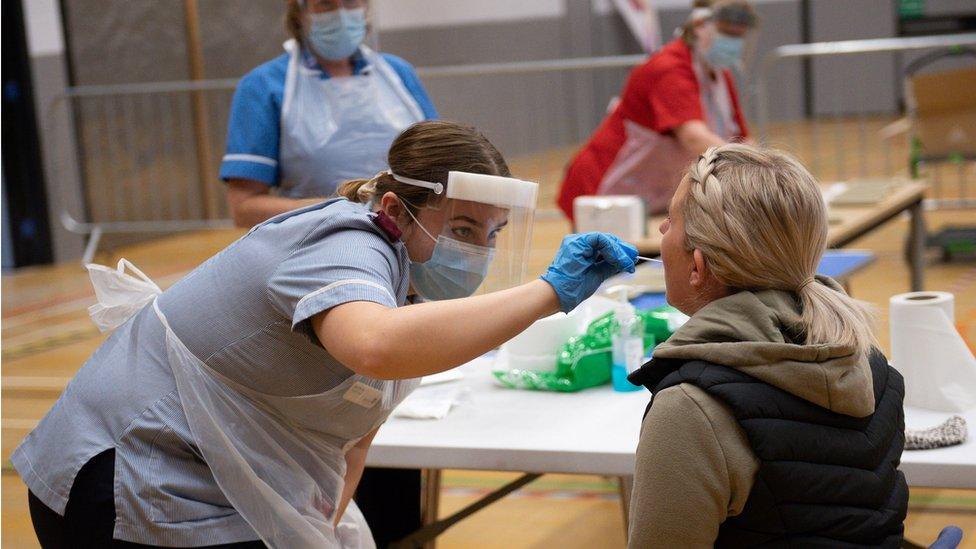
- Published13 December 2020
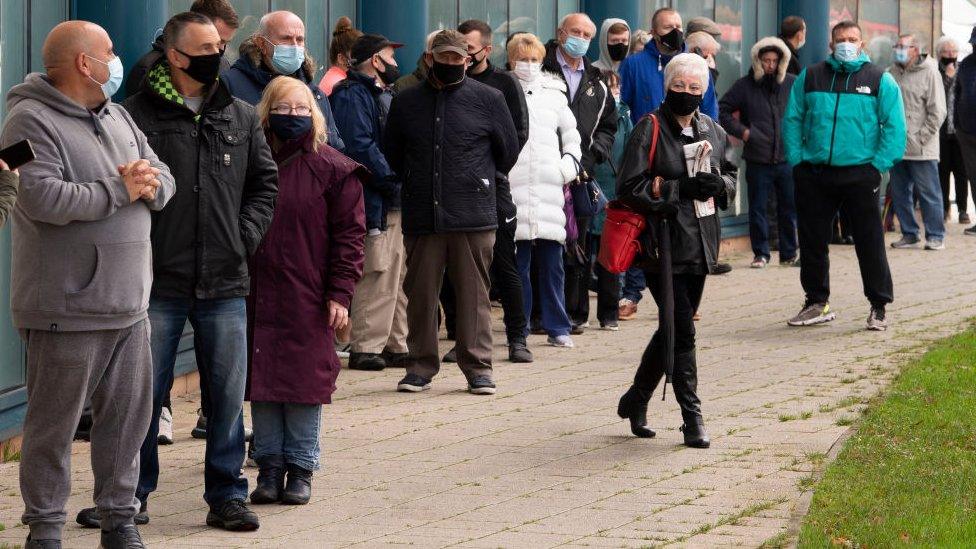
- Published1 January 2021
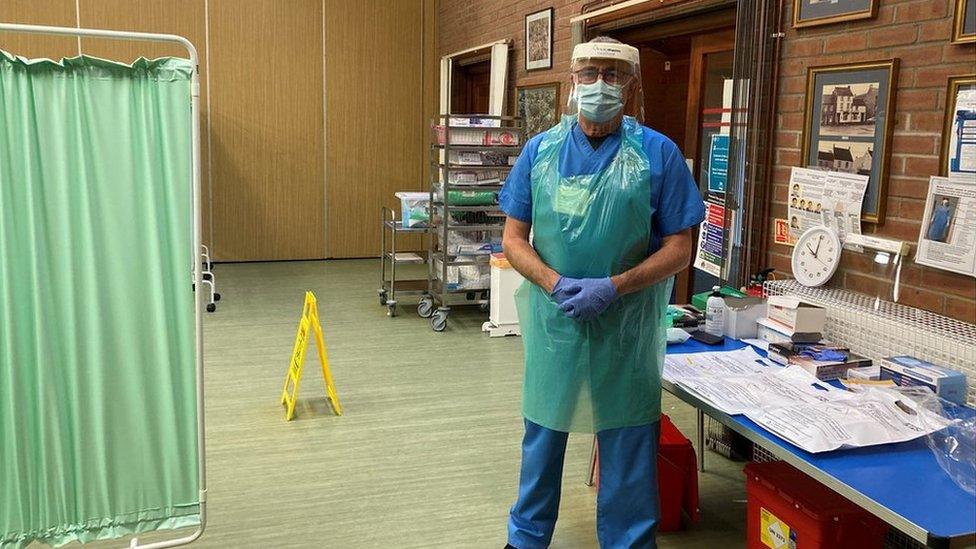
- Published15 July 2020

- Published15 July 2020
